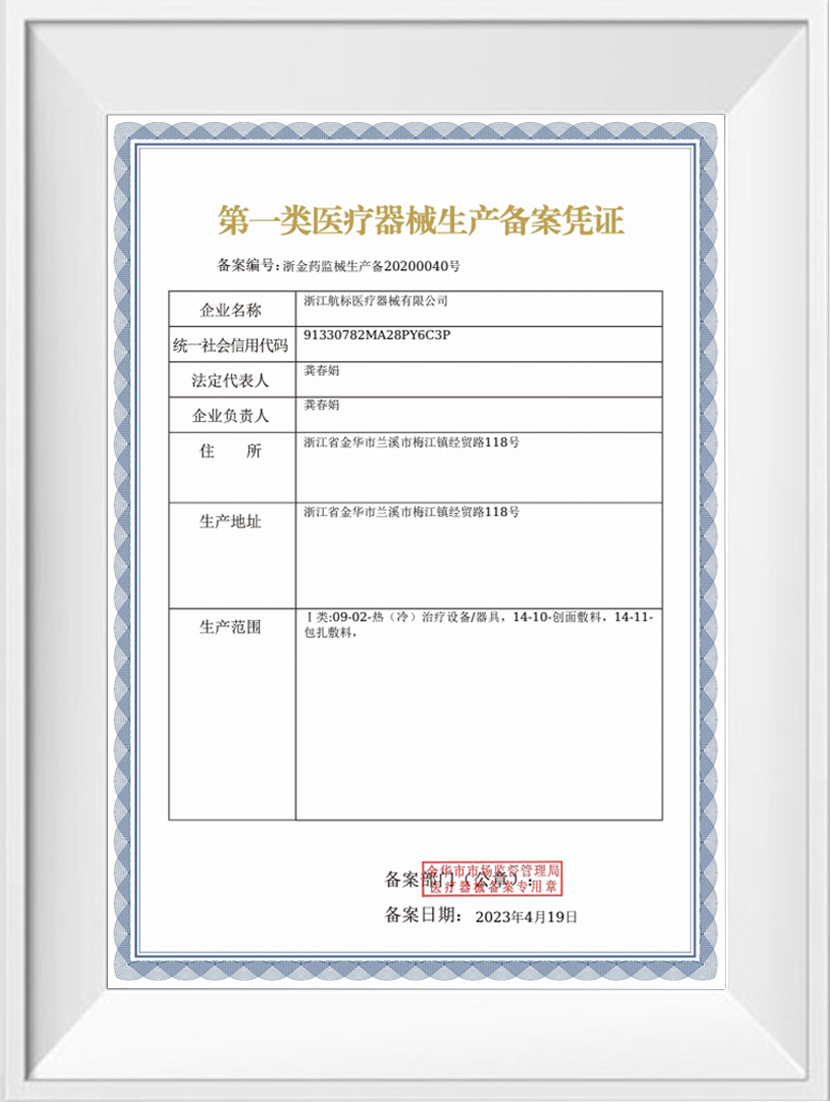The Importance of Sterility in Surgical Tape Production
For surgical tapes used in medical procedures, sterility is a critical factor. A Surgical Tape Manufacturer must ensure that the products meet high standards of cleanliness to avoid any risk of infection or contamination when used on patients. The sterility of surgical tapes is essential for ensuring their safety and effectiveness, especially since these tapes are often applied to open wounds or during surgical procedures where the risk of infection is heightened. To guarantee that each roll of tape is safe for medical use, manufacturers must implement strict protocols throughout the production process.

Controlled Manufacturing Environments
One of the primary ways a Surgical Tape Manufacturer ensures sterility is by maintaining a controlled cleanroom environment during production. These cleanrooms are designed to reduce airborne particles and contaminants, ensuring that no foreign substances can compromise the sterility of the surgical tape. These rooms are equipped with high-efficiency particulate air (HEPA) filters, which remove dust, bacteria, and other potential contaminants from the air. Employees working in these areas typically wear specialized clothing, including gloves, gowns, and face masks, to further prevent contamination.
Use of Medical-Grade Materials
Another key step in maintaining sterility is the careful selection of medical-grade materials for the tape’s production. A Surgical Tape Manufacturer uses high-quality, non-reactive, and safe materials that are suitable for medical use. These materials, such as hypoallergenic adhesives and sterilizable fabrics, must meet specific standards to ensure they do not cause allergic reactions or interact negatively with the skin. Manufacturers often source their materials from certified suppliers to guarantee the raw components are free from harmful substances and are suitable for sterilization processes.
Sterilization Methods Employed by Manufacturers
Once the surgical tape is manufactured, sterilization becomes a vital process. There are several methods that a Surgical Tape Manufacturer can employ to ensure that the final product is sterile. The common methods include ethylene oxide (EO) gas sterilization and gamma radiation. EO sterilization is a chemical process where the surgical tapes are exposed to ethylene oxide gas in a sealed environment, effectively killing bacteria, viruses, and other pathogens. Gamma radiation, on the other hand, uses high-energy rays to destroy microorganisms and pathogens. Both methods are effective at ensuring the sterility of the surgical tape without compromising the integrity of the adhesive or materials.
Packaging and Sealing for Protection
Even after sterilization, packaging plays a significant role in maintaining the sterility of the surgical tape. A Surgical Tape Manufacturer ensures that the tapes are individually packaged in sterile, airtight, and tamper-evident packaging. This packaging prevents any contamination from external sources during shipping, storage, and handling. The packaging is often sealed in vacuum-packed bags or in blister packs that maintain sterility until the moment the tape is opened for use in medical procedures. Additionally, the packaging typically includes clear labels indicating the sterilization method used and the expiration date to guarantee the tape’s effectiveness.
Conclusion
Ensuring the sterility of surgical tapes is a complex process that involves controlled manufacturing environments, the use of medical-grade materials, effective sterilization techniques, and careful packaging. A Surgical Tape Manufacturer must adhere to rigorous standards to guarantee that the products are safe for medical use and free from contaminants. Through strict quality control measures and careful attention to detail at every stage of production, these manufacturers play a crucial role in ensuring patient safety and the successful outcome of surgical procedures.



